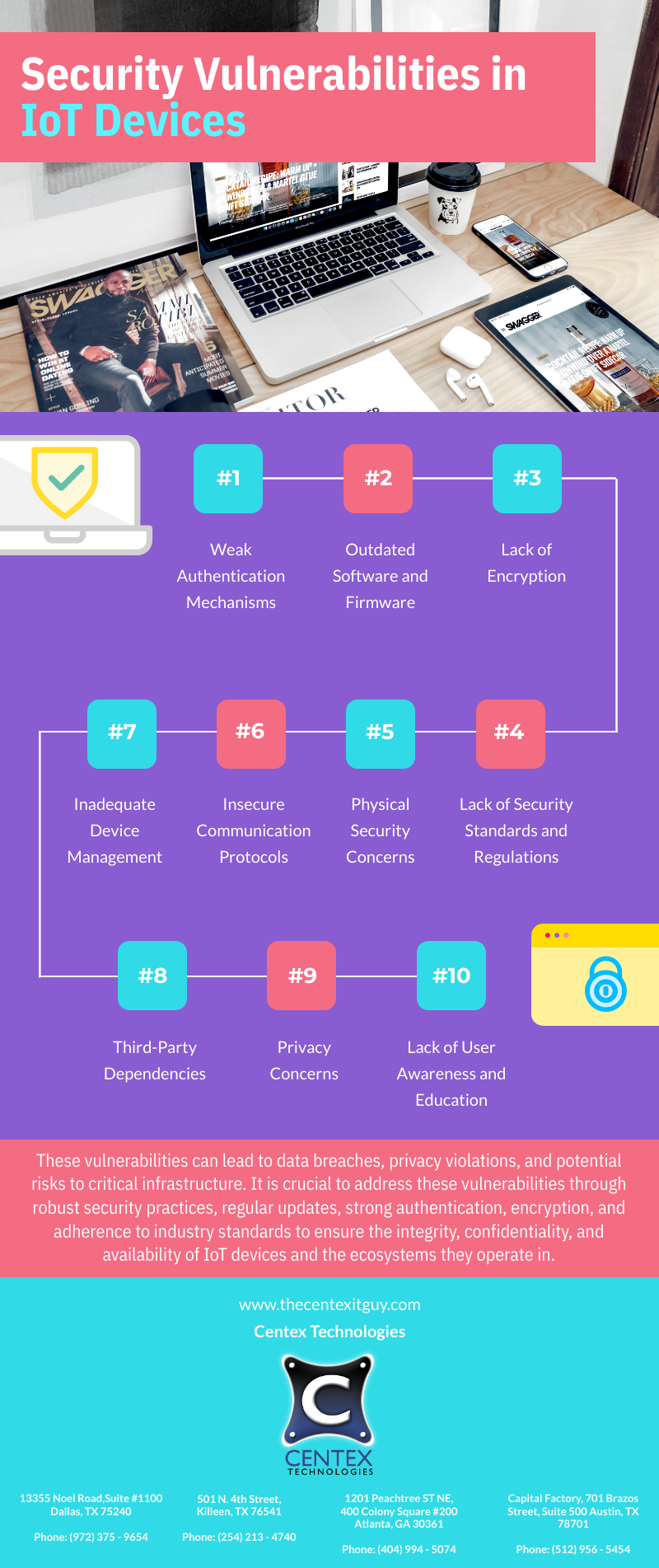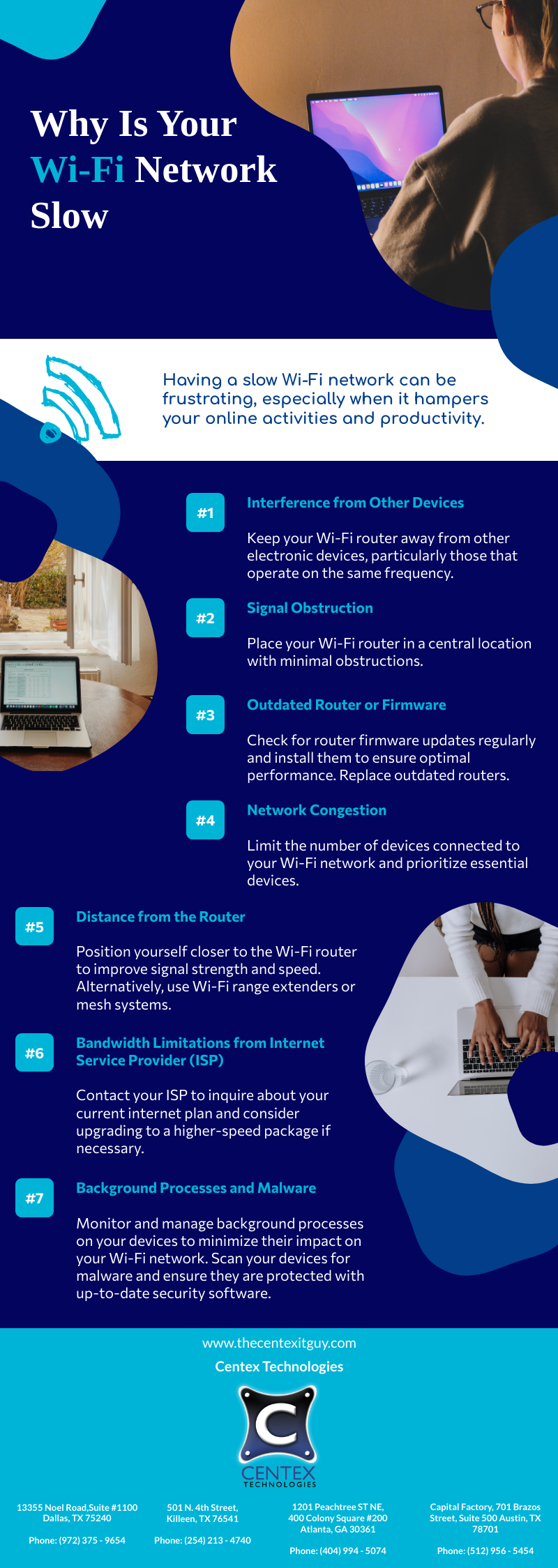Containerization is a lightweight virtualization technology that allows applications and their dependencies to be packaged together into self-contained units called containers. It has revolutionized software development and deployment, enabling organizations to build, package, and distribute applications more efficiently. Containers provide isolation, scalability, and portability, making them a popular choice for modernizing software infrastructure.
Security Considerations for Containerization
Container Image Security:
Container images serve as the foundation for running applications within containers. Ensuring the security of container images is paramount to prevent the deployment of compromised or vulnerable software. Key considerations include:
- Image Provenance: Verify the source and authenticity of container images. Use trusted repositories and implement image signing and verification mechanisms to guarantee the integrity of the images.
- Base Image Selection: Choose base images from reputable sources and regularly update them to include the latest security patches and fixes. Avoid using outdated or unsupported base images.
- Image Scanning: Employ container image scanning tools that analyze images for known vulnerabilities, malware, and insecure configurations. Regularly scan and update images to mitigate potential risks.
Container Runtime Security:
The container runtime environment plays a crucial role in maintaining the security and isolation of containers. Safeguarding the container runtime involves implementing the following security measures:
- Least Privilege: Ensure that containers run with the minimum necessary privileges, following the principle of least privilege. Restrict container capabilities and permissions to mitigate potential exploits.
- Resource Isolation: Enforce strict resource limits and isolation to prevent containers from affecting the performance and security of other containers or the host system. Utilize resource quotas and limits to control CPU, memory, and network usage.
- Container Breakout Prevention: Implement security measures to mitigate container breakout attempts. Isolate the container runtime environment from the host system, utilize secure kernel configurations, and employ kernel namespaces and control groups to provide additional layers of isolation.
Secure Container Orchestration:
Container orchestration platforms, such as Kubernetes, provide robust management and automation capabilities. However, they introduce additional security considerations that need to be addressed:
- API Security: Protect the container orchestration API endpoints with strong authentication and authorization mechanisms. Utilize role-based access control (RBAC) to enforce granular access controls and prevent unauthorized access.
- Network Segmentation: Isolate container network traffic using network policies and segmentation. Employ secure communication channels (TLS) between containers and the orchestrator components to prevent eavesdropping and tampering.
- Secure Configuration: Follow best practices for secure configuration of the container orchestration platform. This includes disabling unnecessary features, securing etcd (the key-value store), enabling audit logging, and applying regular security updates.
Continuous Monitoring and Auditing:
Continuous monitoring and auditing are vital to maintaining the security of containerized environments. Implement the following practices:
- Logging and Monitoring: Enable comprehensive logging and monitoring of container activities, including container runtime events, network traffic, and system logs. Employ centralized log management and intrusion detection systems (IDS) to detect and respond to potential security incidents.
- Incident Response: Develop an incident response plan specific to container security breaches. This plan should include procedures for containing and mitigating incidents, investigating security breaches, and restoring services.
- Compliance and Auditing: Regularly audit and assess containerized environments against relevant security frameworks and industry regulations. This ensures adherence to compliance requirements and identifies potential security gaps.
Benefits of Containerization:
- Application Consistency: Containers ensure that applications run consistently across different environments. Developers can package their applications with all the required dependencies, making it easier to reproduce and deploy the same application across different environments.
- Rapid Deployment and Scaling: Containers enable rapid deployment of applications, allowing organizations to quickly provision new instances of an application or scale existing ones based on demand. This agility promotes faster time-to-market and efficient resource utilization.
- Resource Efficiency: Containers have a smaller footprint and require fewer system resources compared to traditional virtual machines. Multiple containers can run on a single host, optimizing resource utilization and reducing infrastructure costs.
- Isolation and Security: Containers provide isolation between applications and the underlying host system, enhancing security. Each container has its own runtime environment, reducing the risk of interference or vulnerabilities between different applications.
- Infrastructure Flexibility: Containerization allows applications to be deployed across different infrastructures, including on-premises data centers, public clouds, and hybrid environments. This flexibility enables organizations to choose the most suitable infrastructure for their specific needs.
For more information about application security, contact Centex Technologies at Killeen (254) 213 – 4740, Dallas (972) 375 – 9654, Atlanta (404) 994 – 5074, and Austin (512) 956 – 5454.


